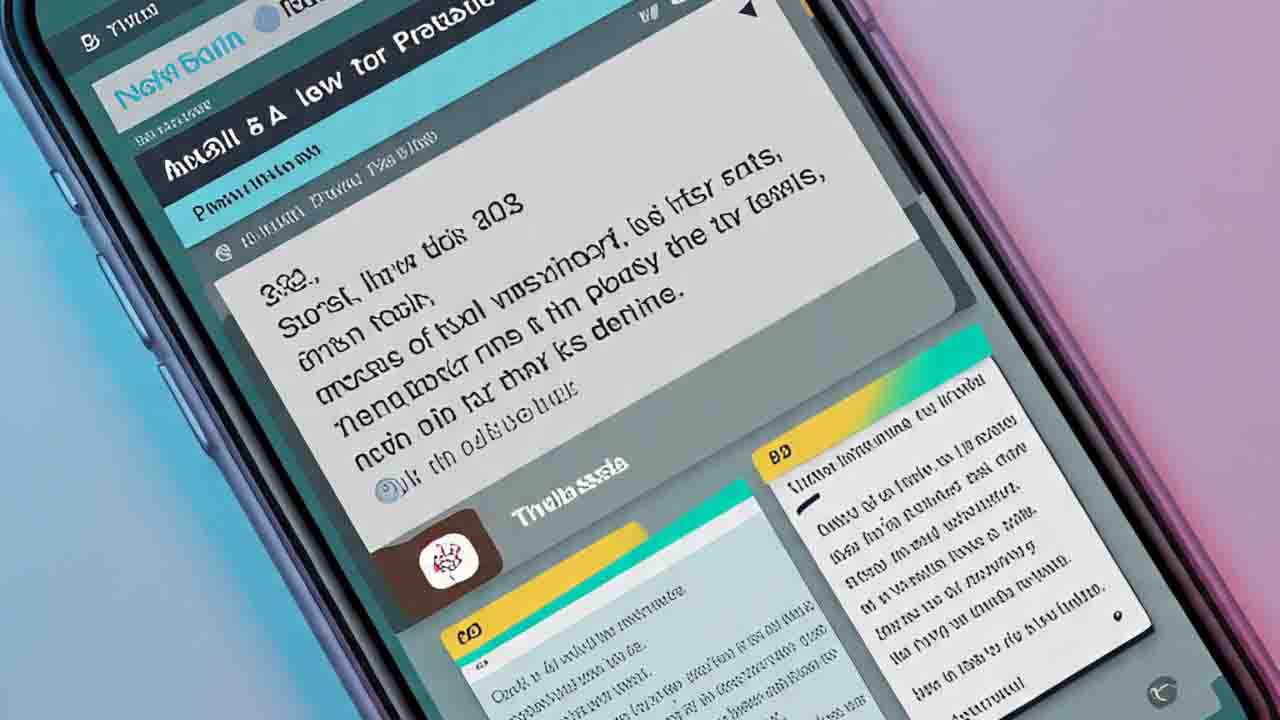
Storytelling Reinvented: The New Faces of Creative Writing
Pitchwars – Storytelling Reinvented begins with writers pushing the boundaries of what defines a story. Gone are the days when storytelling was confined to print novels and poetry collections. Today, a new wave of authors is embracing formats such as prose poetry, digital narratives, and interactive fiction shared through social media platforms. These experimental forms offer fresh ways to experience plot, character, and emotion often breaking traditional rules while building stronger connections with modern readers.
Prose poetry, for instance, blurs the line between poetry and narrative prose. It’s concise, evocative, and often deeply personal making it ideal for short-form content on platforms like Instagram or Substack. Meanwhile, digital storytelling integrates video, music, and clickable paths that allow readers to shape the outcome of a story. With this evolution, Storytelling Reinvented is not only changing the style of writing but also the way audiences engage with literature.
“City Glow vs. Cottage Flow: The Home Decor of 2025”
The Rise of Interactive and Social Fiction
Storytelling Reinvented also emerges in the form of interactive fiction where readers don’t just observe the story, but become part of it. This genre, often presented through apps, games, or even Twitter threads, enables users to make choices that affect how narratives unfold. These stories may include polls, dialogue options, or branching paths that mirror the dynamics of role-playing games.
Social media has become a literary playground where serialized storytelling thrives. Writers are now building audiences on TikTok, Instagram Reels, and even Reddit. Posting episodic content that’s fast-paced, visual, and instantly shareable. With hashtags replacing chapter titles, and emojis substituting for traditional tone shifts. Storytelling Reinvented speaks the language of a new generation.
Literature in the Digital Age
At its core, Storytelling Reinvented is about accessibility and innovation. Editors and publishers are taking notice. Seeing potential in these unconventional genres to reach wider audiences especially younger readers who are digital natives. Schools and writing programs are also beginning to explore these formats. Recognizing their power to inspire creativity beyond the bounds of classic essays and narratives.
This evolution doesn’t mean the end of traditional literature it marks a parallel growth. By adapting to the tools and platforms of today’s digital era. Writers are proving that creative writing is far from static. Instead, it is an ever-evolving art form that continues to redefine how stories are told and who gets to tell them.